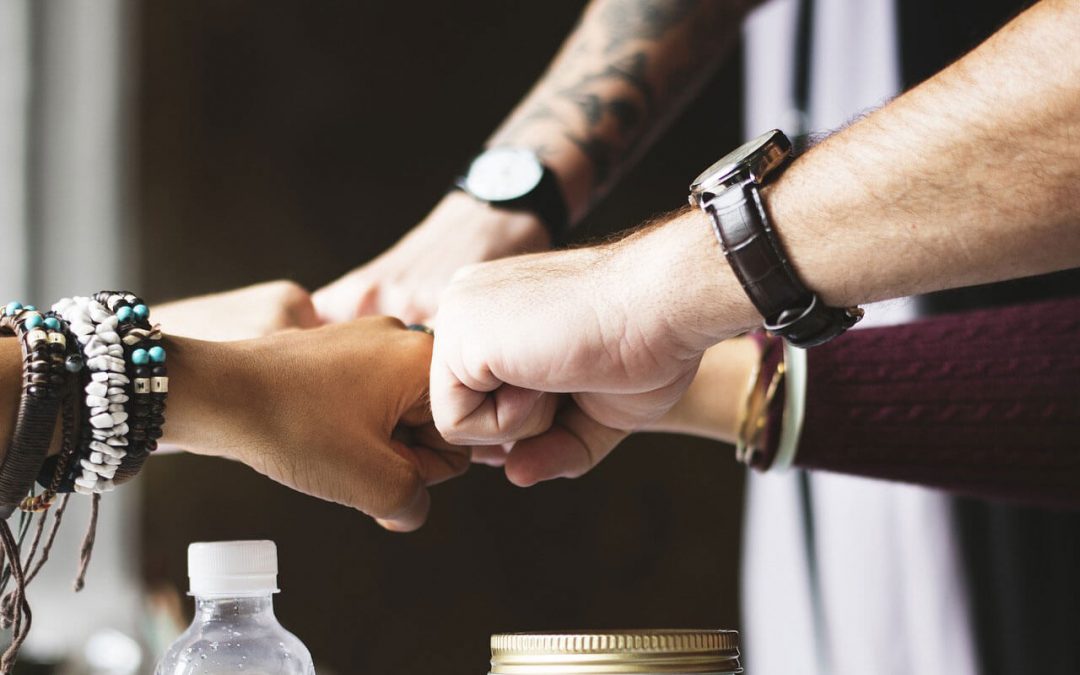Last year I had the opportunity to deliver a ‘safety workshop’ to a group of 80, twenty-something marketing experts.
The universe for this organisation and for many of its young workers is extreme sports and adventurous, adrenaline-junky style sporting and music events. With their daring spirits captured for the afternoon, my only brief was to get them to ‘understand health and safety’.
As these guys were experts in passionately promoting their company’s brand, I wanted to develop and engage them in their “health and safety brand”. And in applying their own marketing strategy to my approach to the day, I identified that I needed to bring my audience (the “consumers”) to the product (“work health and safety”) rather than the traditional safety training where the product is ‘talked at’ the consumer.
As my consumers were leaders within their company I knew that like any product marketing initiative, if they liked the ‘product’ they would tell others (i.e. their staff, colleagues and other leaders) about it.
So how did this work in practice?
Well to start the session we…
- GRABBED THEIR ATTENTION
Rather than banging on about legislation, compliance, fines and the like the afternoon leaped straight into a fictional but relevant case study related to a significant incident at an event the likes of which their roles may be involved in managing. Careful to ensure the right people in the business had reviewed this case study prior, it was great confirmation to have one of the young attendees tell me in the break that my fictional case study had actually occurred a few years previously in another state! Here’s to having a great understanding of a company’s activities to make it relate-able! - UTILISED AN INTERNAL CHAMPION
During my time consulting with this organisation, who had only just embarked on their safety journey, I had identified some people in the business who for one reason or another just ‘got it’ . To further engage those consumers in the brand, we arranged for a young and passionate leader to present the “work health and safety brand” from his perspective. In his dynamic presentation he discussed his learnings in the management of risk and incidents in his role, in addition to his knowledge gaps and focus areas for the future. He spoke so well a standing ovation ensued…at a health and safety workshop! - ALLOWED SELF EXPRESSION
Divided into work teams (ie. sports, marketing, sales, events) the group were enabled to each come up with a marketing strategy i.e. brand, logo and tag line for WHS in the business. It was amazing to see engaged and dynamic young professionals identify what spoke to them and their peers about health and safety. The results were humorous, attention-grabbing and completely aligned with the values and focus of their business. Democratically, the participants voted for the best strategy (via coloured post-it notes) which was then to be further ‘worked up’ by the company’s leadership team for future roll out.
and the outright winner……..‘Don’t Clip your wings, fly home safe” and the ways the strategy may be communicated.
4. THE TAKE-AWAY
As safety is a concept rather than a tangible product, how can we use some of these ideas to ‘sell safety’ in your organisation?
The best safety marketing strategies are developed by those who use them. That is, the workers and leaders dealing in the day-to-day issues and concerns of the business. The strategies should ideally be linked to the overall values and strategies of the business but ultimately kept relateable to the audience. Creating a game around developing WHS strategy can engage, inspire and enable fantastic ideas. Workers will want to choose the ‘brand’ and ‘product’ because it’s cool, it expresses who they are and it works for them.
In my experience, allowing self-expression in the health and safety space keeps things modern, engaging and meaningful rather than the tired same old same old’ safety spiel made up by executives and health and safety people.
We know implementing safety initiatives is largely about engagement and behaviour. How could you market your ‘product’ more successfully across all or specific parts of your organisation?
I love discussing this topic, so for anymore information or to have a chat, please get in touch through sue@sharedsafetyandrisk.com.au

